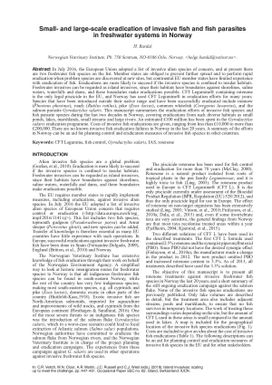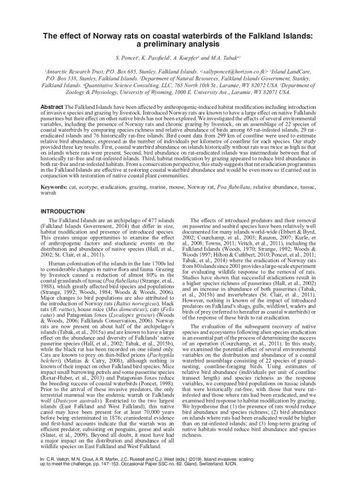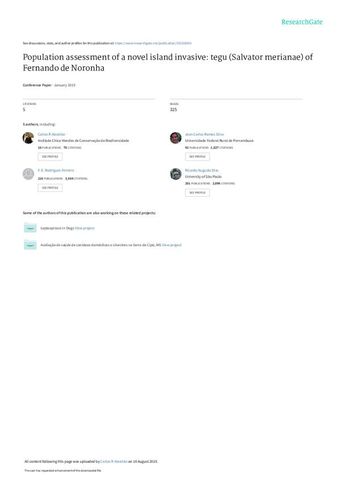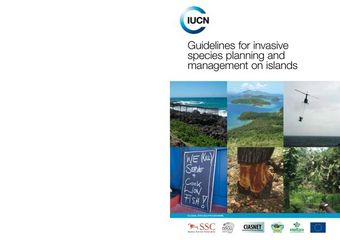Small- and large-scale eradication of invasive ?sh and ?sh parasites in freshwater systems in Norway
- Description:
- In July 2016, the European Union adopted a list of invasive alien species of concern, and at present there are two freshwater ?sh species on the list. Member states are obliged to prevent further spread and to perform rapid eradication when problem species are discovered at new sites, but continental EU member states have limited experience with eradication of ?sh. Eradications are more likely to succeed if the invasive species is con?ned to insular habitats. Freshwater invasives can be regarded as island invasives, since their habitats have boundaries against shorelines, saline waters, waterfalls and dams, and these boundaries make eradications possible. CFT Legumine® containing rotenone is the only legal piscicide in the EU, and Norway has used CFT Legumine® in eradication e?orts for many years. Species that have been introduced outside their native range and have been successfully eradicated include minnow (Phoxinus phoxinus), roach (Rutilus rutilus), pike (Esox lucius), common white?sh (Coregonus lavaretus), and the salmon parasite Gyrodactylus salaris. This manuscript summarises the eradication e?orts of invasive ?sh species and ?sh parasite species during the last two decades in Norway, covering eradications from such diverse habitats as small ponds, lakes, marshlands, small streams and large rivers. An estimated £100 million has been spent in the Gyrodactylus salaris eradication programme. Costs of invasive ?sh eradications are given, ranging from less than £10,000 to more than £200,000. There are no known invasive ?sh eradication failures in Norway in the last 20 years. A summary of the e?orts in Norway can be an aid for planning control and eradication measures of invasive ?sh species in other countries.
- Display date:
- 2019
- Collections:
- Secretariat of the Pacific Regional Environment Programme (SPREP)
- Publisher:
- International Union for Nature Conservation (IUCN)
- Content partner:
- Secretariat of the Pacific Regional Environment Programme (SPREP)
- Availability:
- Not specified
-
Copyright status: All rights reservedFind out more about what you are able to do with this itemThis item is all rights reserved, with means you'll have to get permission from Secretariat of the Pacific Regional Environment Programme (SPREP) before using it. For more information, please see our use and reuse page.What can I do with this item?Non-infringing useNZ copyright law does not prevent every use of a copyright work, and this item may be hosted by an international institute or organisation. You should consider what you can and cannot do with a copyright work.No sharingYou may not copy and/or share this item with others without further permission. This includes posting it on your blog, using it in a presentation, or any other public use.No modifyingYou are not allowed to adapt or remix this item into any other works.No commercial useYou may not use this item commercially.
Related items
Welcome and warm Pasifik greetings
The information on this site has been gathered from our content partners.
The names, terms, and labels that we present on the site may contain images or voices of deceased persons and may also reflect the bias, norms, and perspective of the period of time in which they were created. We accept that these may not be appropriate today.
If you have any concerns or questions about an item, please contact us.



